- DroidAfrica
- Nokia
- Nokia 105 (2019)
Nokia 105 (2019)

Nokia 105 (2019) Highlights and Overview
This is the 2019 model of Nokia 105. It is given a 1.77 inches screen with a TFT LCD panel. The body measurement is 119 x 49.2 x 14.4mm, and with the 800mAh battery, the overall weight rests at 73 grams.
Note however, the the Nokia 105 (2019) does not come with any camera sensor. Additionally, the internal storage and RAM is just 4MB on both sides. Flashlight is also added to the head of the phone, and it come with dual SIM supports.
Nokia 105 (2019) Full Specifications and Features
NETWORK
| Technology | GSM |
| 2G Network Bands | GSM 900 / 1800 - SIM 1 and SIM 2 (dual-SIM model only) |
LAUNCH
| Also Known As |
- - |
BODY
| Dimensions | 119 x 49.2 x 14.4 mm |
| Weight | 73 grams |
| Build |
Plastic - Flashlight - SMS |
| SIM Type | Dual SIM (Mini-SIM, dual stand-by) |
DISPLAY
| Display Type | TFT non-touchscreen / 65k colors |
| Size | 1.77 inches, (16.63% screen-to-body ratio) |
| Resolution | 120 x 160 pixels, 4:3 ratio (113 ppi density) |
PLATFORM
| Operating System | Featured OS |
| Chipset | Unknown |
MEMORY
| RAM + ROM | 4MB + 4MB |
| Card Slot | No |
MAIN CAMERA
| Camera Type | None |
SELFIE CAMERA
| Camera Type | None |
SOUND
| Loudspeaker | Yes |
| Audio Jack Type | Yes |
CONNECTIVITY
| Bluetooth | No |
| NFC | |
| GPS | No |
| FM Radio | FM radio |
BATTERY
| Battery Capacity | Removable 800mAh Li-Ion battery |
OTHER FEATURES
| Sensors | Fingerprint (side-mounted), accelerometer, proximity, compass |
| Box Contents | Charging Brick / USB cable |
Nokia 105 (2019) User Reviews and Opinions
Disclaimer Note
This specification was entered manually, hence we CANNOT guarantee 100% accuracy. Any error? Let us know in the comment section.







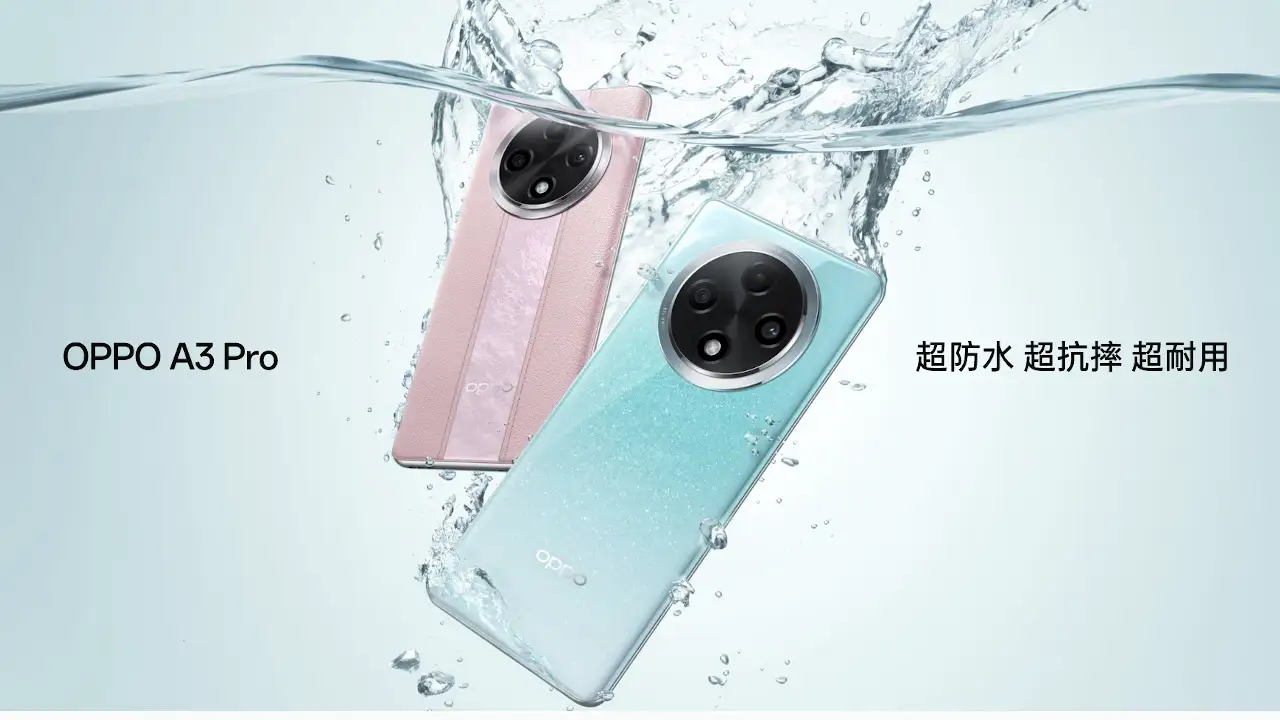

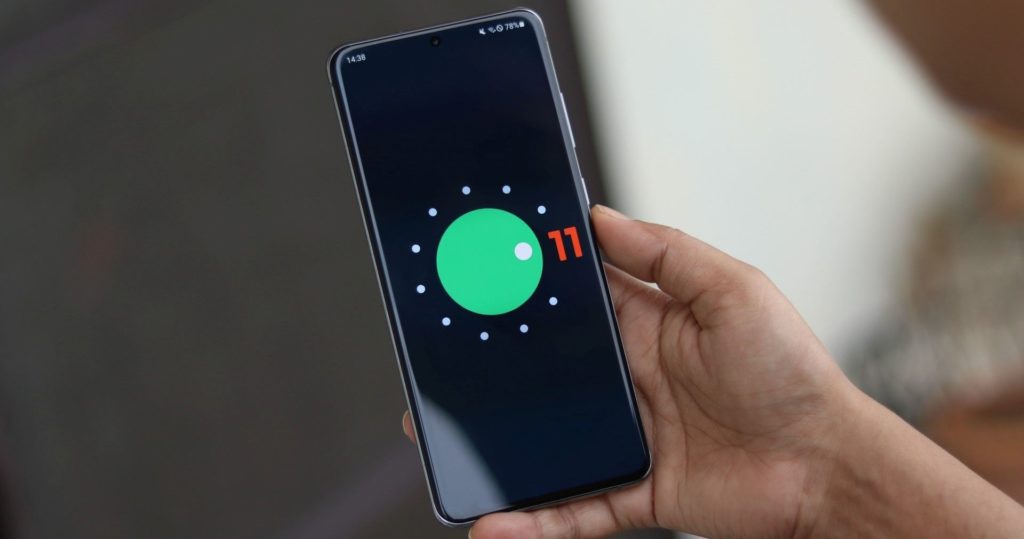
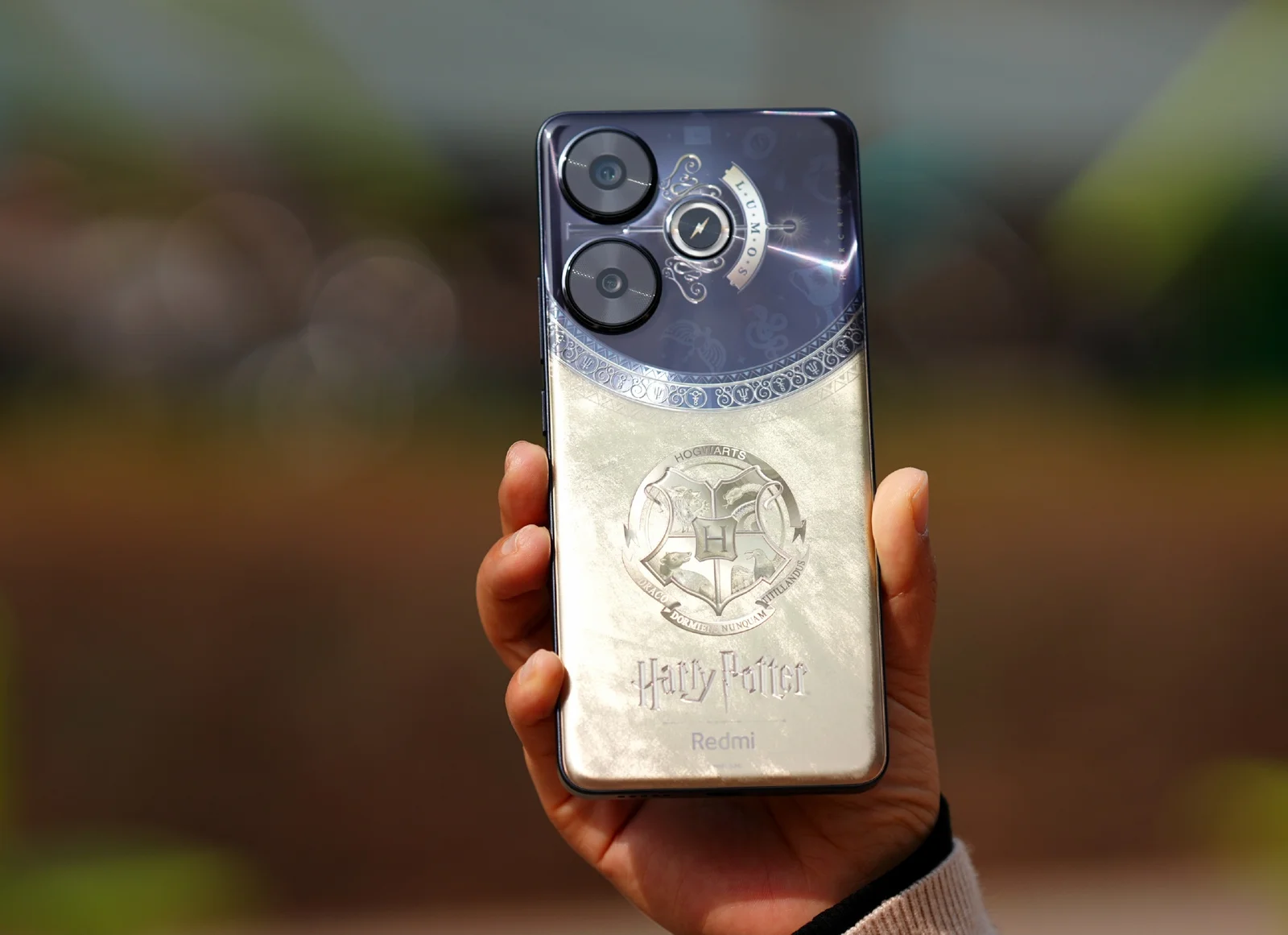
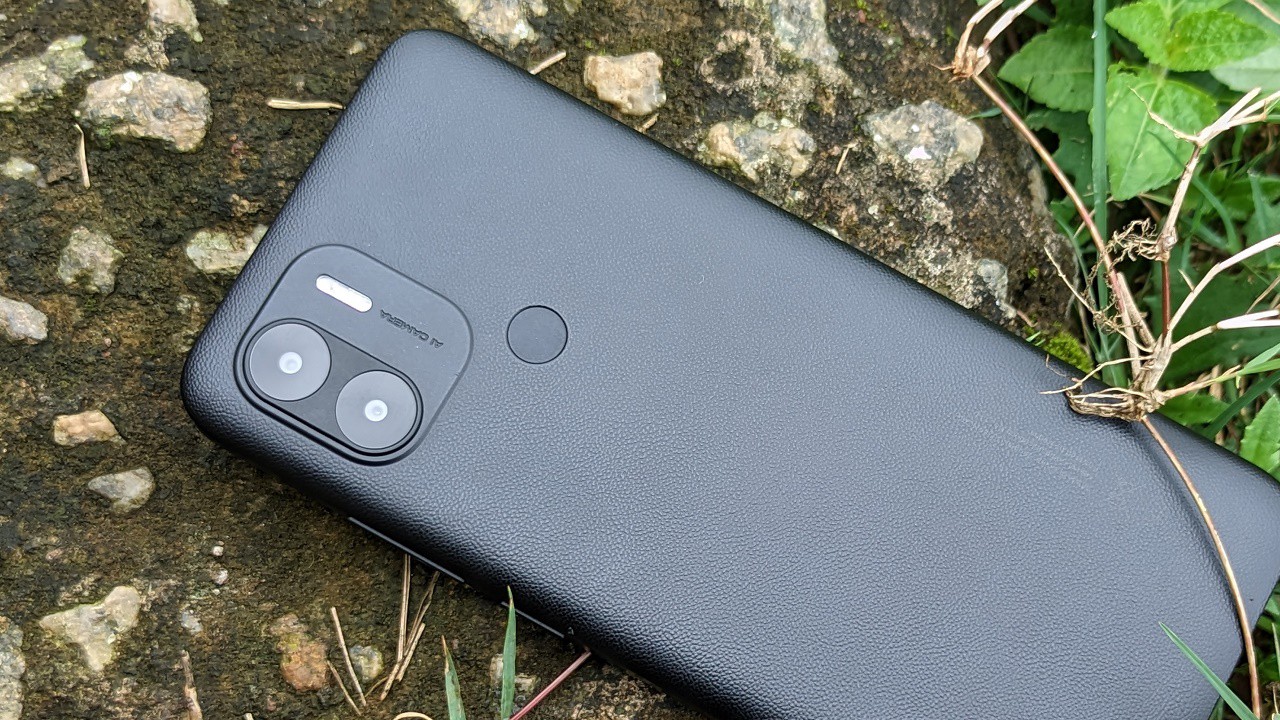
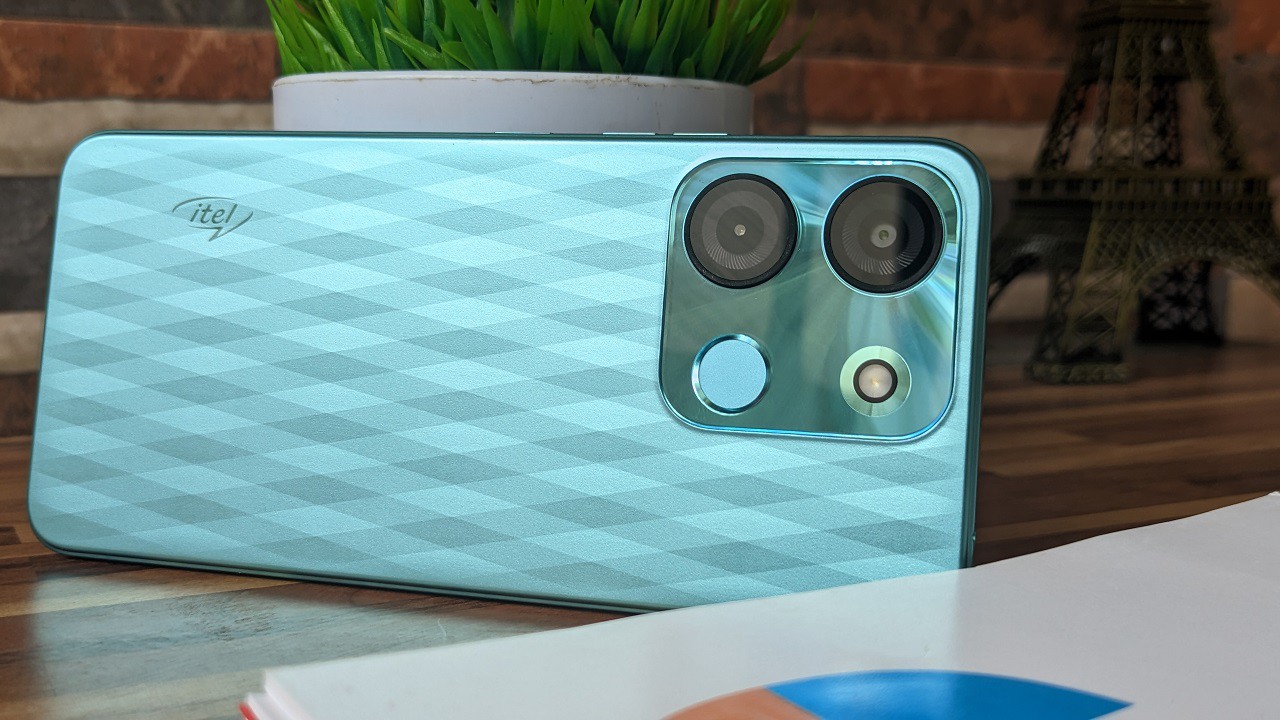
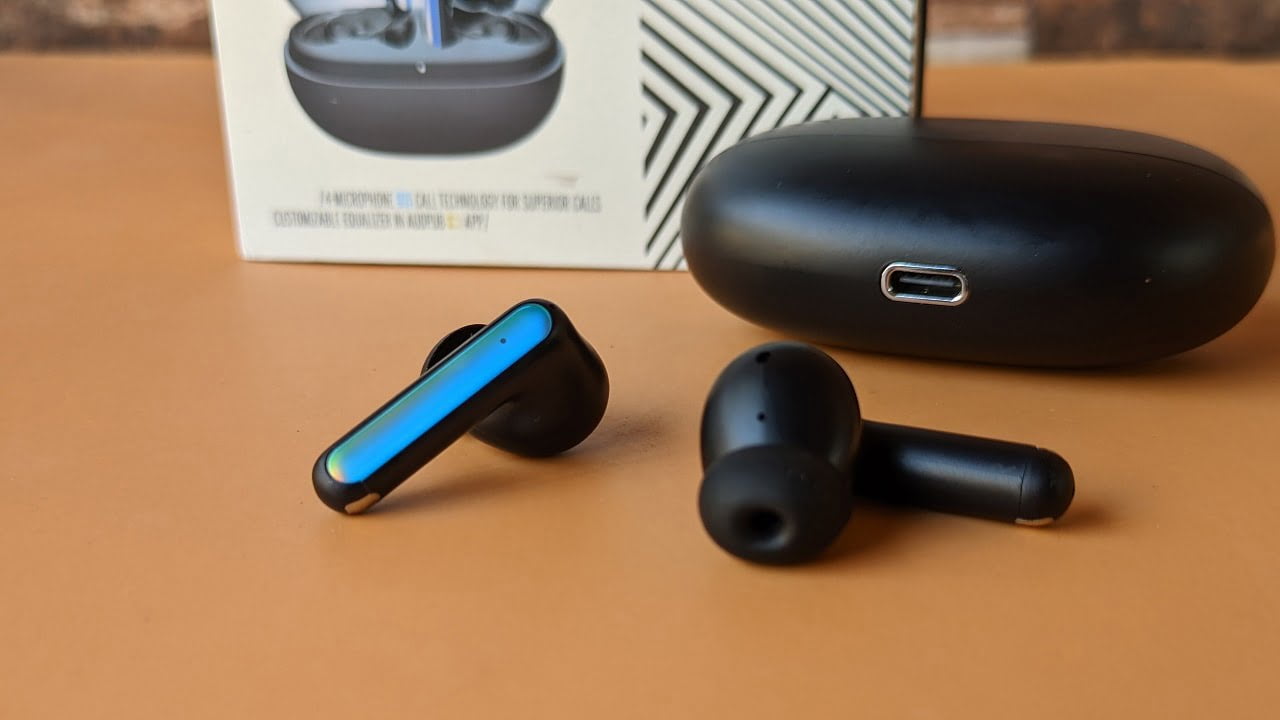
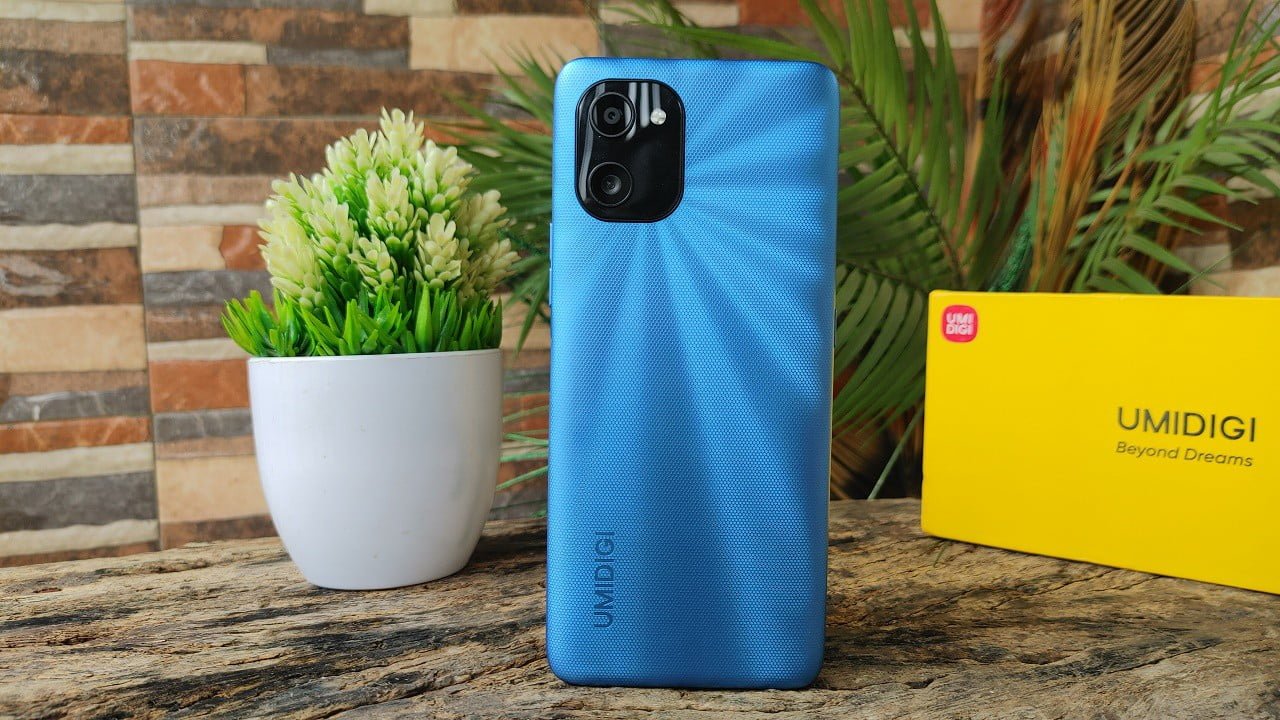
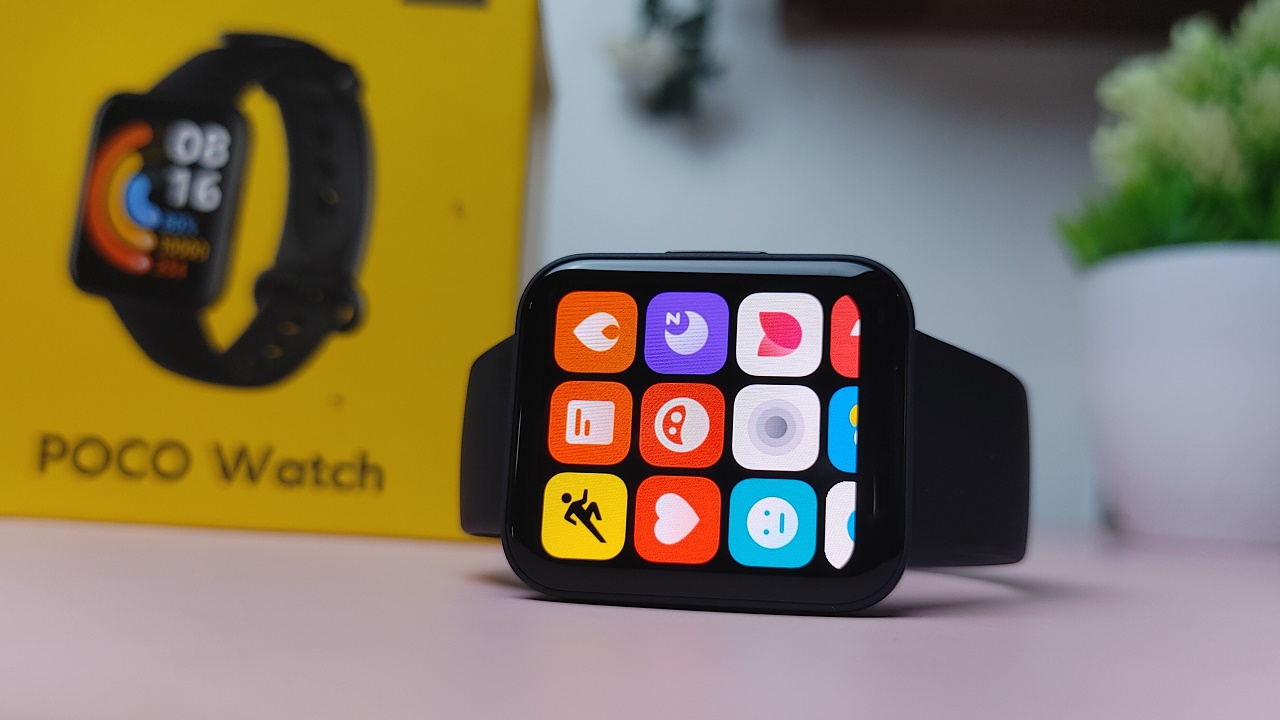
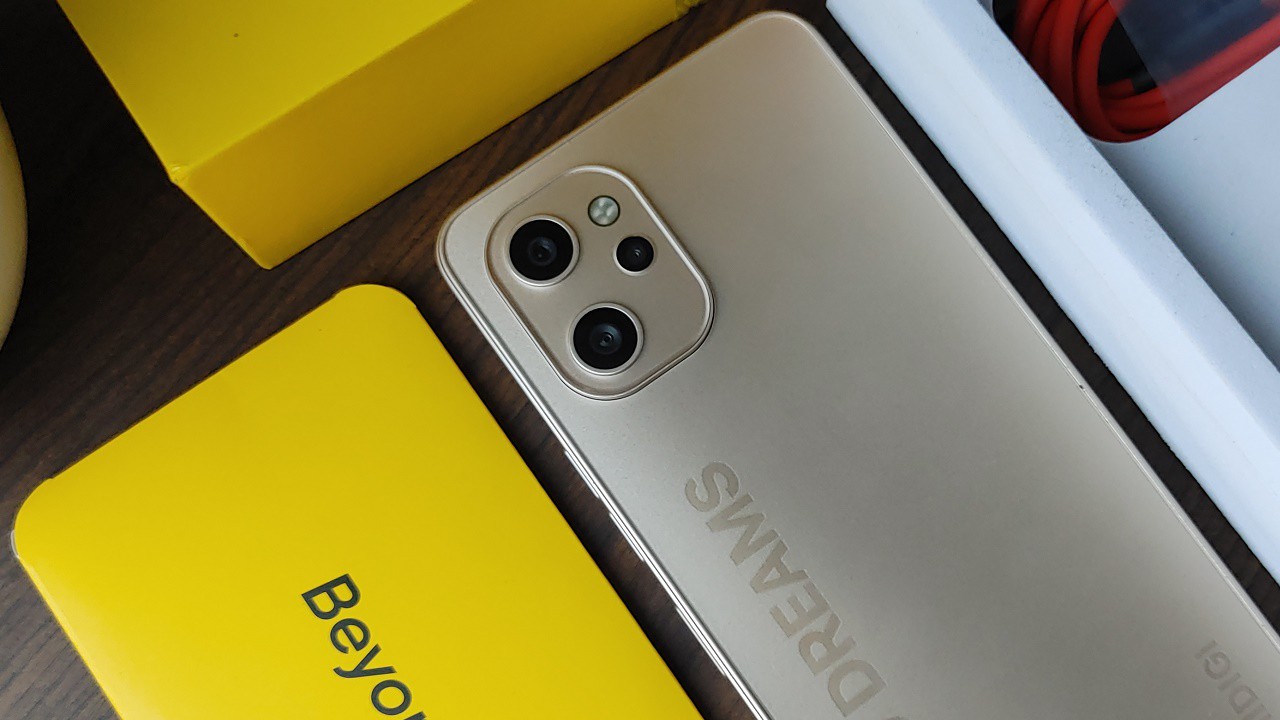
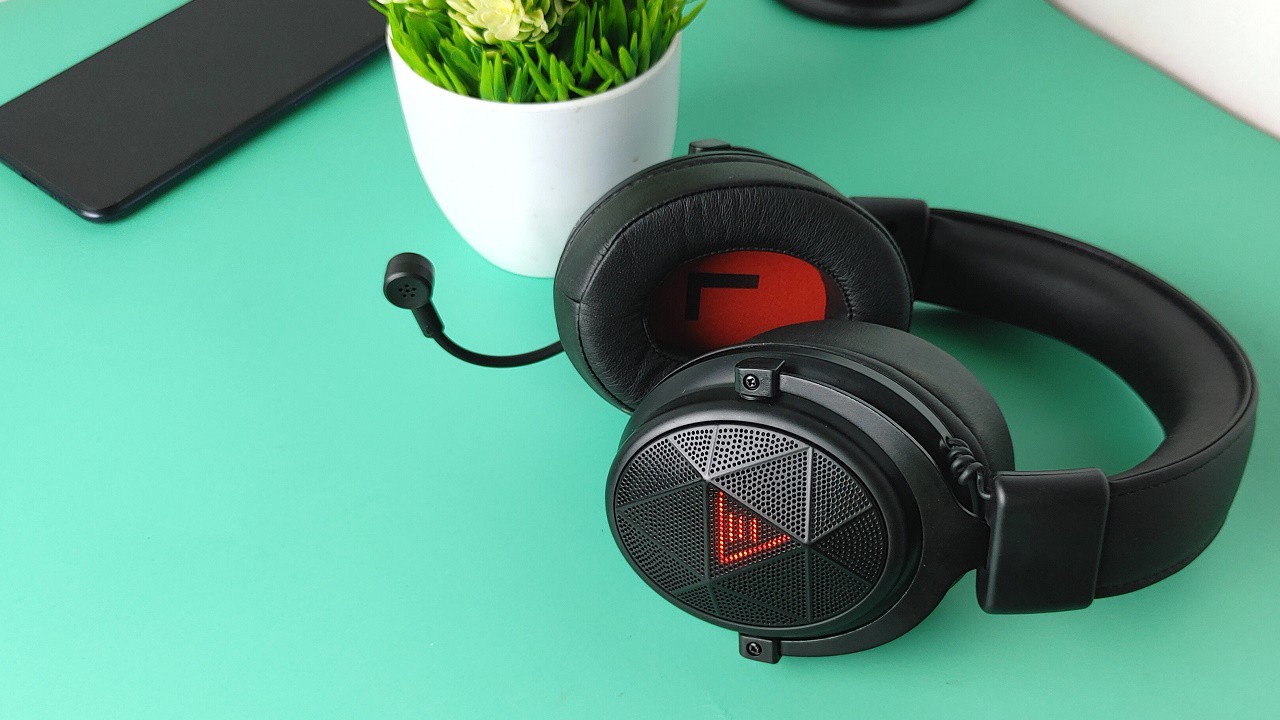
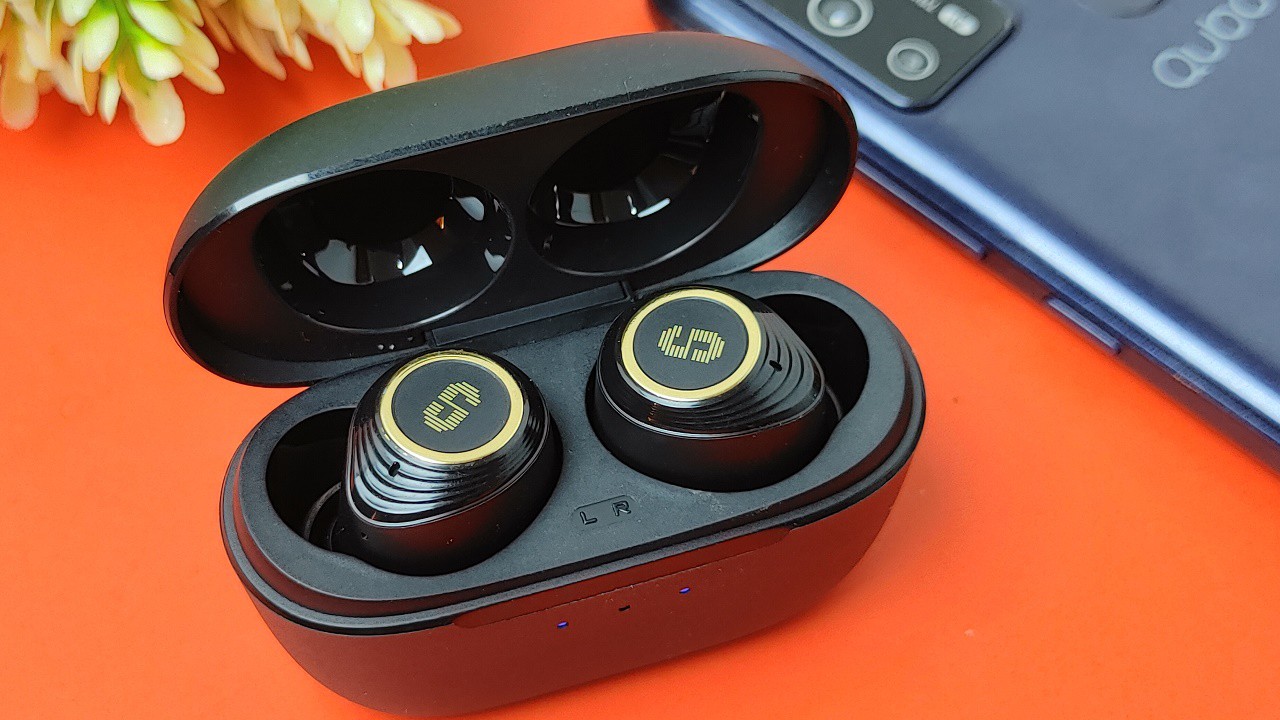
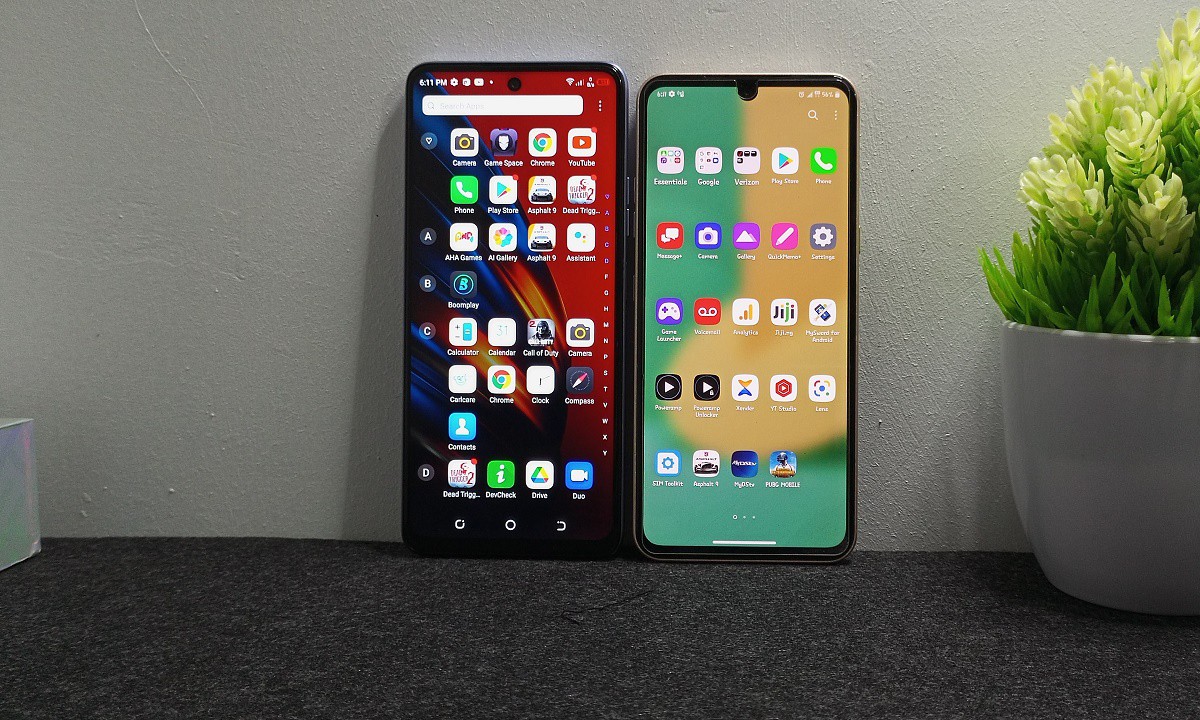

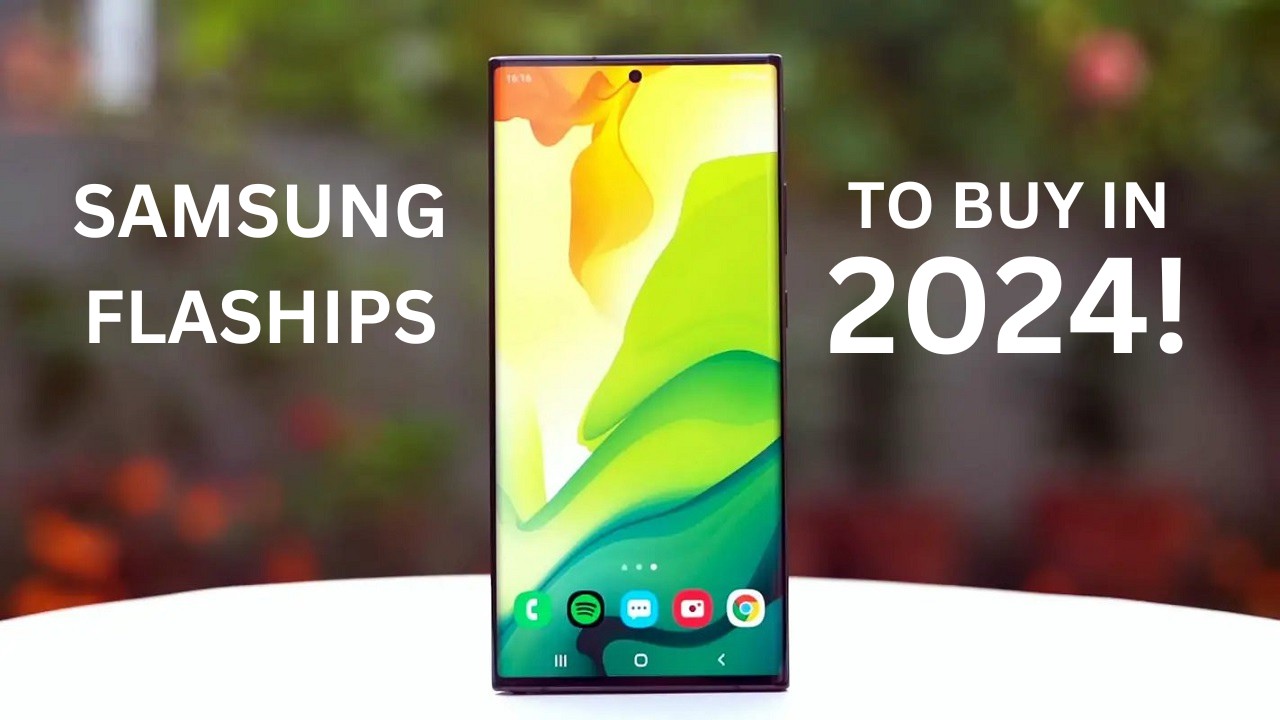
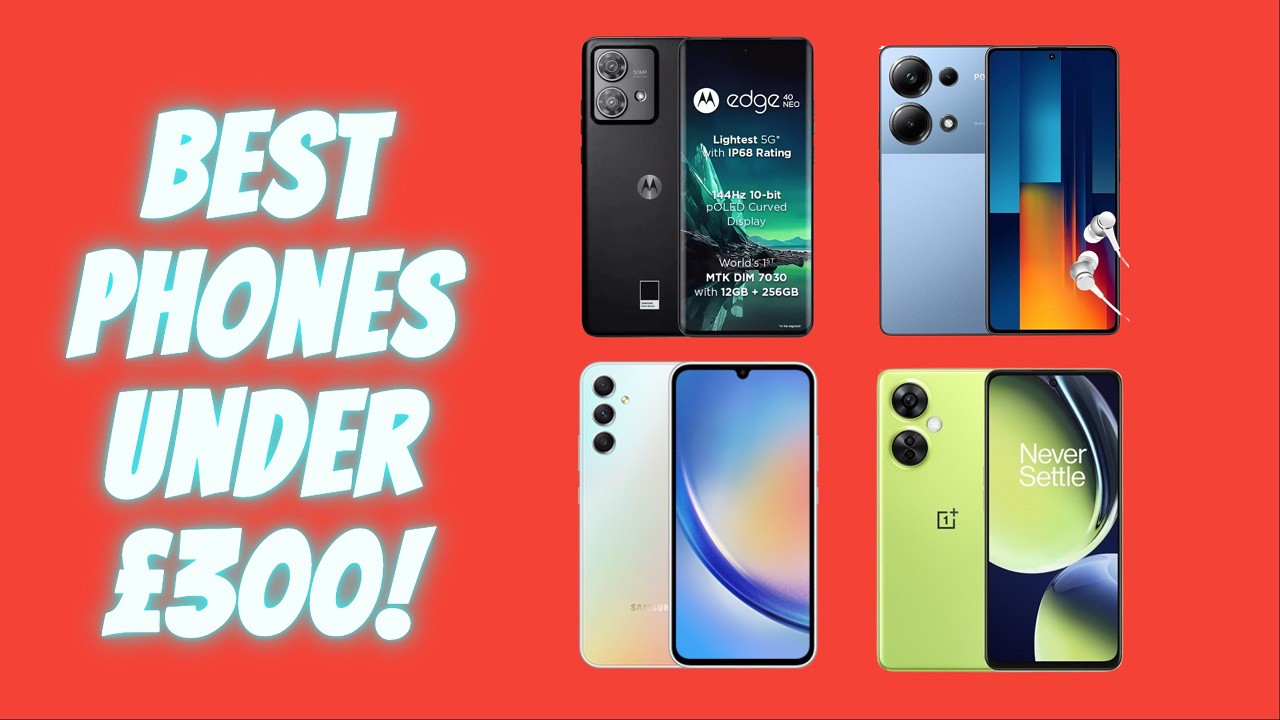

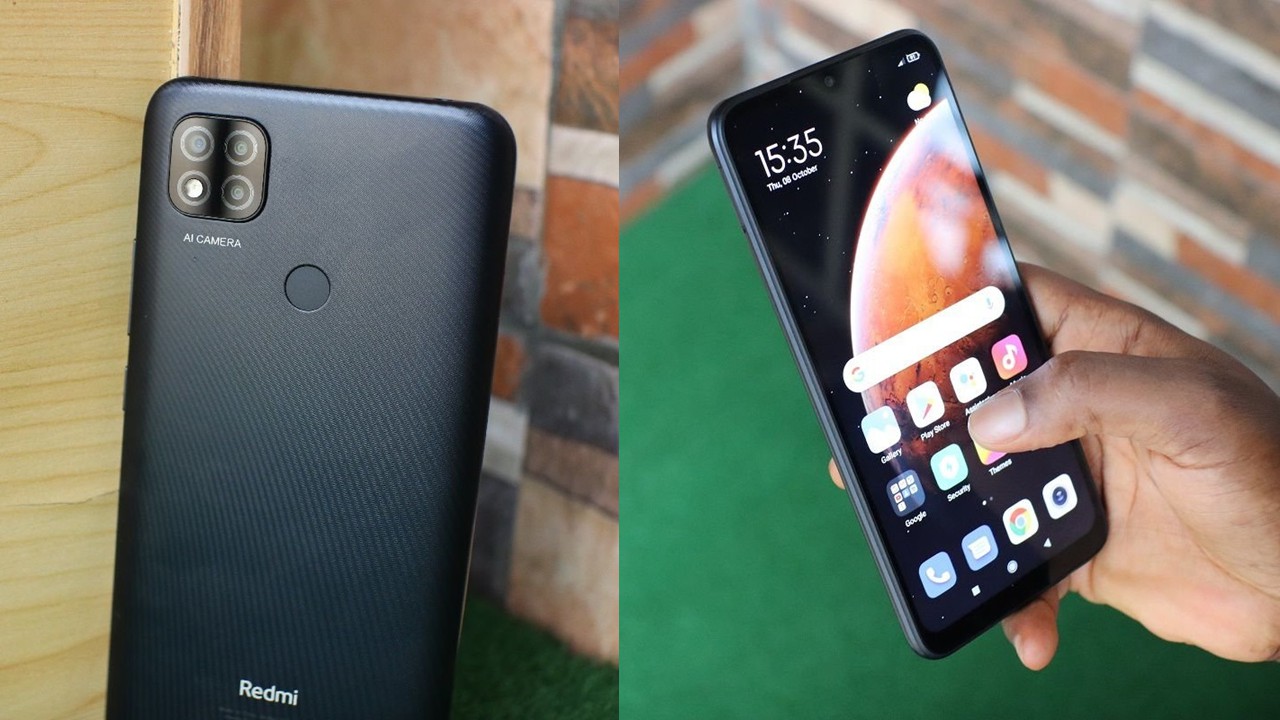
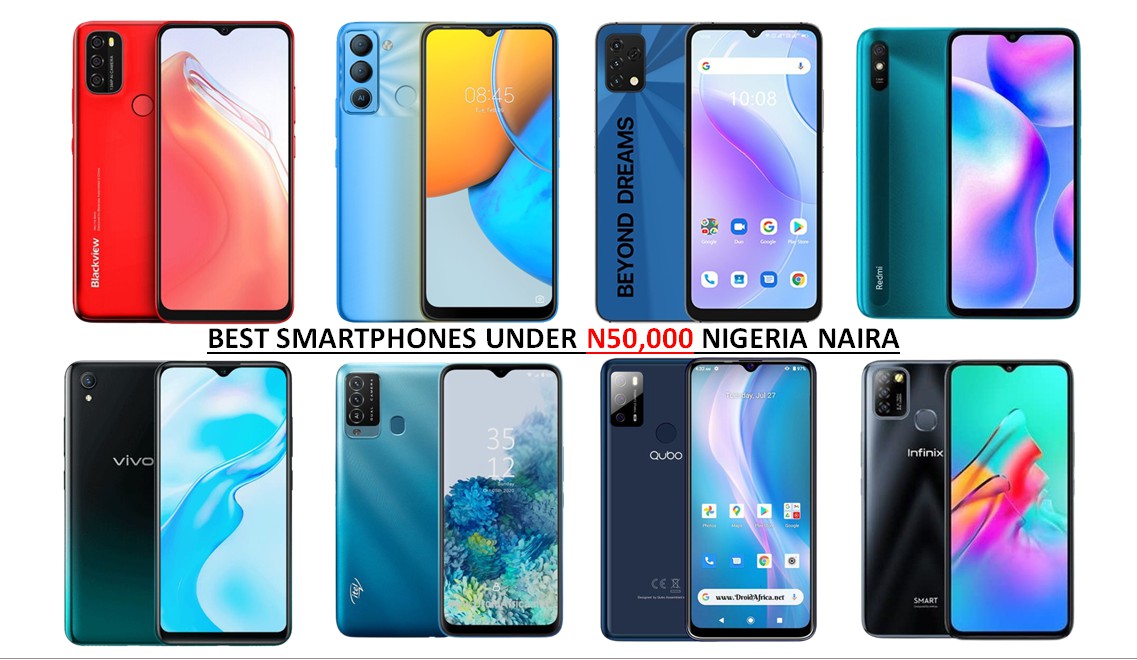
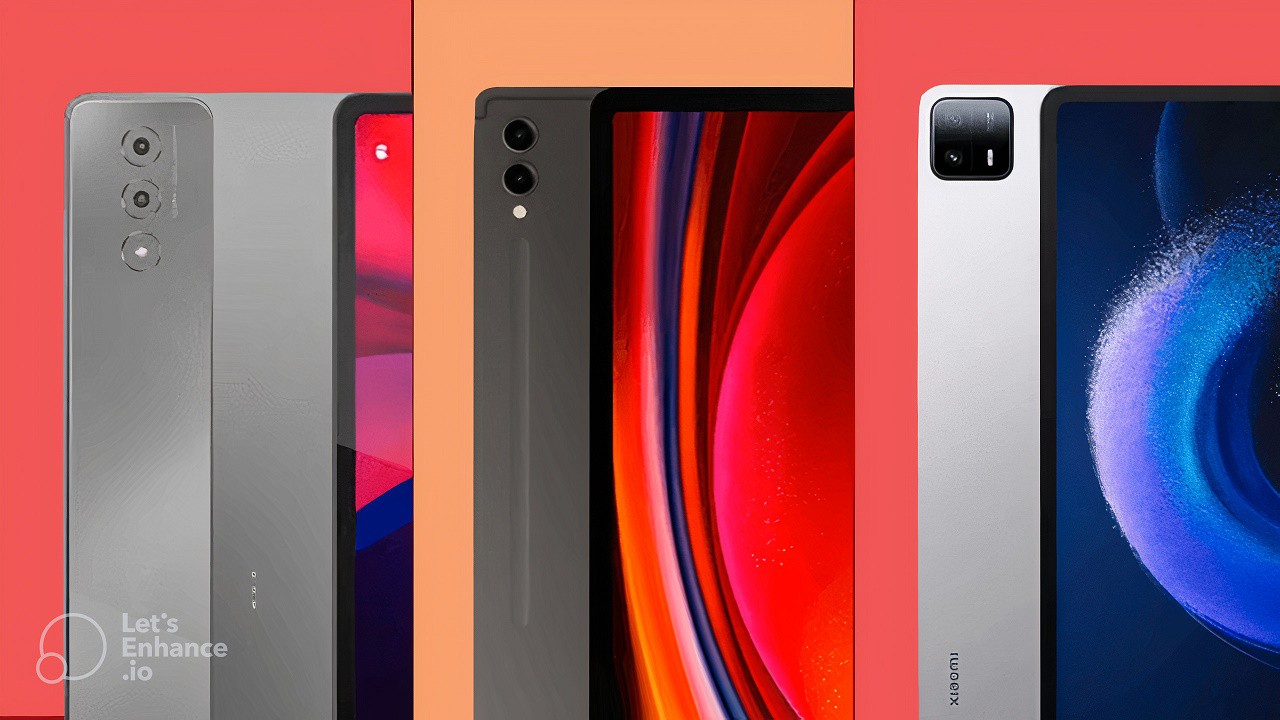
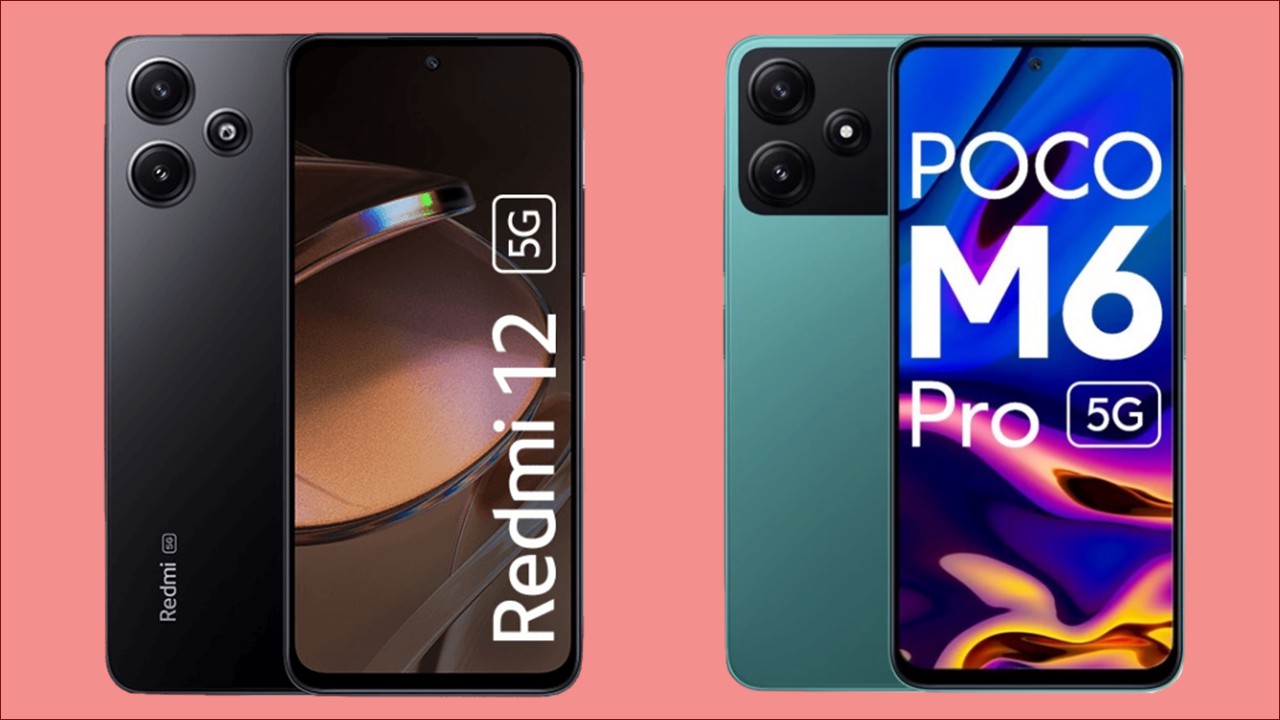
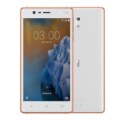
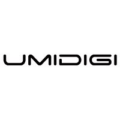

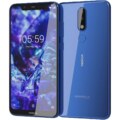
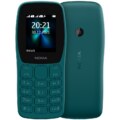
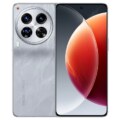

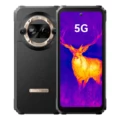
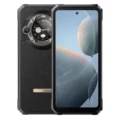
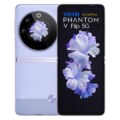
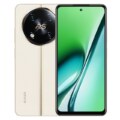

Leave a Reply